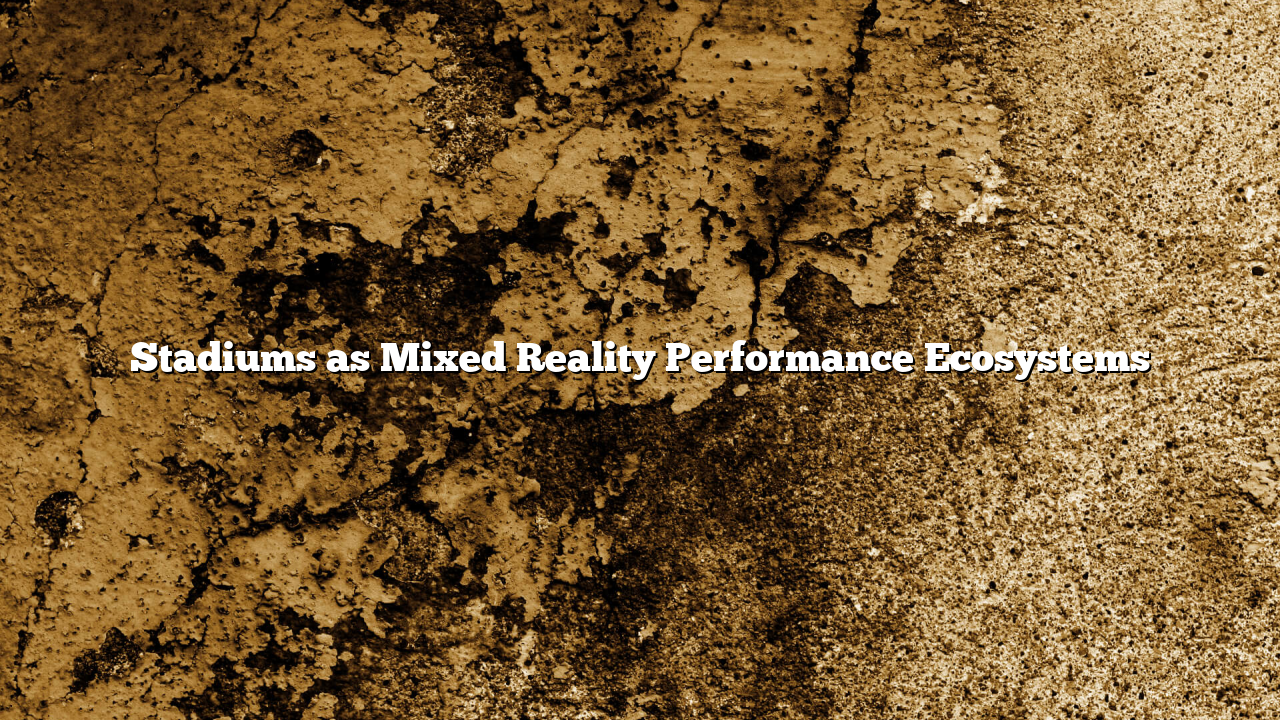Future sports stadiums are evolving into mixed reality ecosystems, combining physical presence with digital overlays and interactive fan experiences. Spectators are no longer passive observers; they interact with virtual content projected onto physical www.psychotica.net/evb/nomi venues through AR-enabled devices and immersive applications. This transformation allows live events to merge storytelling, analytics, and interactive engagement, enhancing the overall spectator experience.
Mixed reality stadiums provide new commercial opportunities. Premium access to digital overlays, interactive statistics, and gamified experiences generates additional revenue streams beyond traditional ticketing. Sponsors can integrate branded content seamlessly into immersive layers, reaching audiences both on-site and remotely. The hybrid environment encourages global participation while maintaining the appeal of attending live matches.
Operational efficiency is another benefit. Mixed reality technology allows dynamic event management, real-time analytics on crowd behavior, and adaptive presentation formats. Venue designers are increasingly adopting modular layouts that integrate technology infrastructure, supporting both traditional events and digitally enhanced experiences without compromising spatial functionality.
The social and cultural impact of mixed reality stadiums is substantial. By blending physical attendance with digital interactivity, venues foster community, enhance fan engagement, and create memorable experiences. As sports continue to evolve, stadiums will serve as both athletic arenas and content-driven entertainment hubs, shaping the future of spectator culture.
